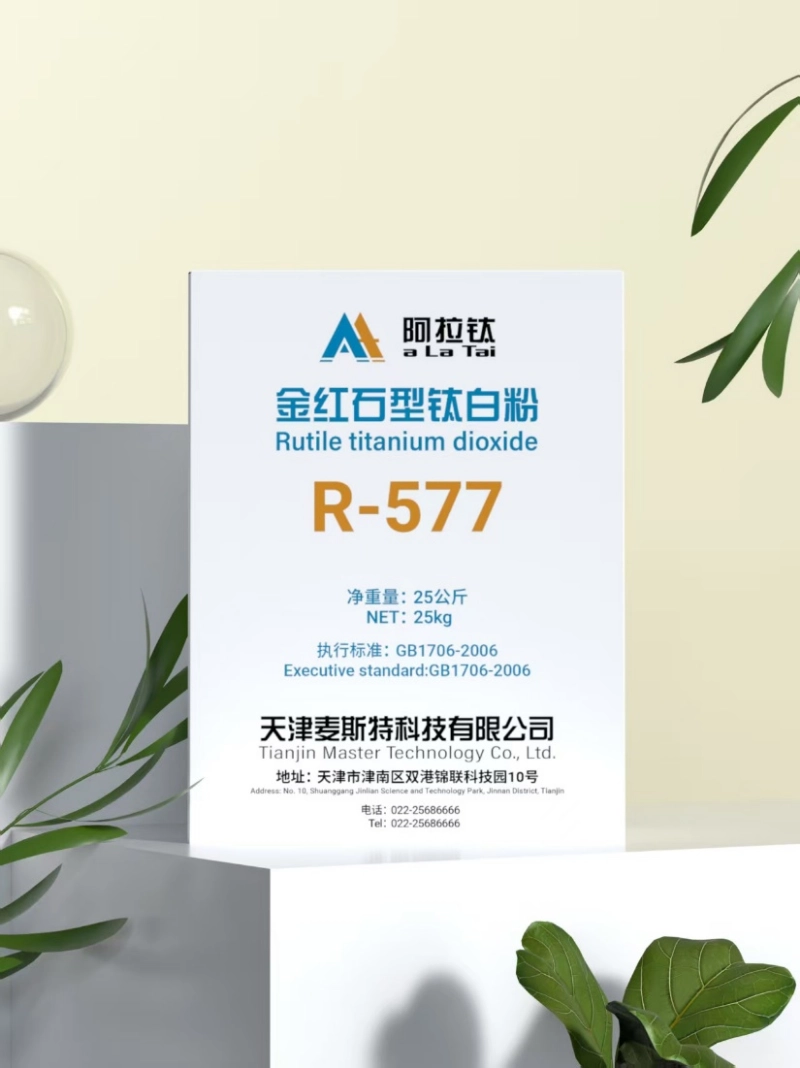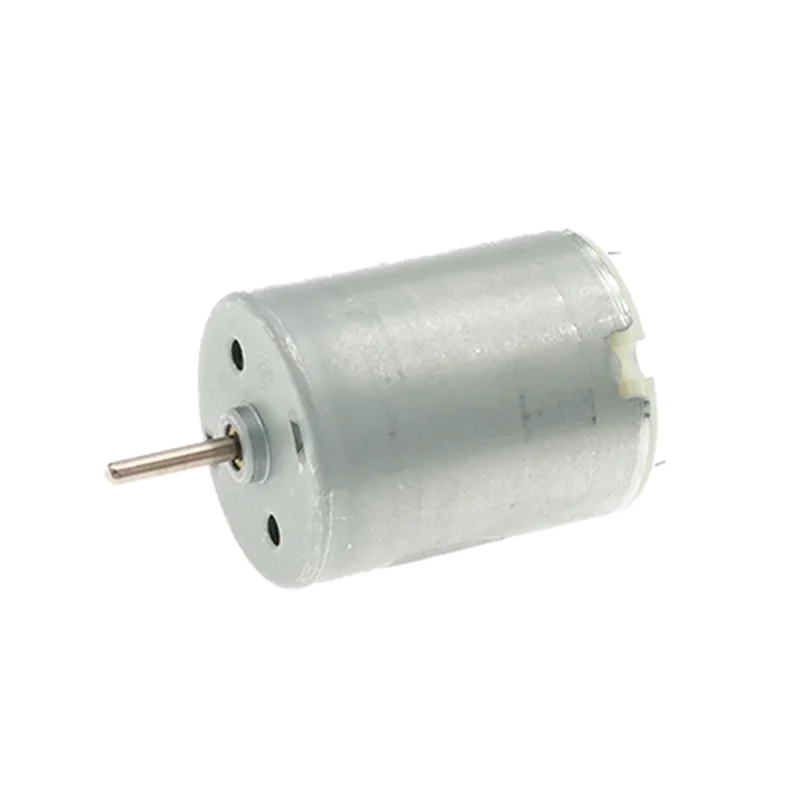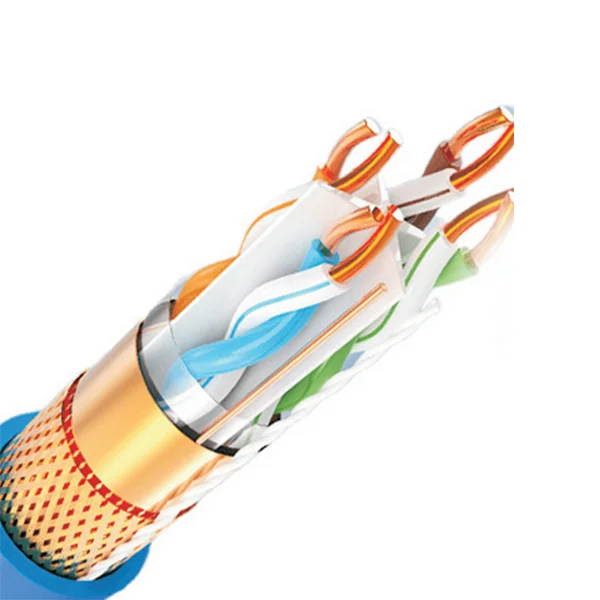In the intricate world of Printed Circuit Board (PCB) design, every detail matters. The selection of materials, the geometry of components, and surface treatments all determine whether an electronic device will deliver performance consistently or falter under stress. Among these critical design elements, the 8-shaped spring connector stands out as a clever engineering solution. When paired with gold plating, it achieves a balance of reliability, conductivity, and durability, essential for modern electronics.
This article examines how material choices and gold plating elevate the performance of 8-shaped PCB components, explores industry applications, and provides design integration tips for engineers.
What Makes the 8-Shaped PCB Spring Unique?
Unlike traditional straight or U-shaped connectors, the 8-shape design delivers:
-
Dual contact points for redundancy in connectivity.
-
Balanced spring force that reduces wear and mechanical stress.
-
Compactness, making it highly compatible with miniaturized PCB layouts.
This geometry ensures that even under vibration, thermal cycling, or repeated compression, the connector maintains stable contact. You can explore the specific product features here.
The Role of Material Selection
The base material of the spring directly impacts performance. Common options include:
-
Beryllium Copper (BeCu)
-
Offers high strength and elasticity.
-
Ideal for repeated compression cycles without permanent deformation.
Phosphor Bronze
-
Balances mechanical resilience with corrosion resistance.
-
Suitable for consumer electronics where cost efficiency is a factor.
Stainless Steel
-
Provides toughness and resistance in harsh environments.
-
Best for aerospace and defense applications requiring rugged reliability.
The choice depends on the application’s stress conditions, cost tolerance, and expected lifespan. Selecting the wrong material can lead to premature failure even with gold plating.
Why Gold Plating Elevates Performance
Gold plating adds a crucial performance layer on top of the base material. Here’s why it matters:
-
Exceptional Conductivity: Gold minimizes contact resistance, ensuring signal clarity even at high frequencies.
-
Corrosion Resistance: Unlike copper or nickel, gold won’t oxidize, maintaining reliable connections in humid or corrosive environments.
-
Durability in Repeated Cycles: Gold’s hardness protects against wear when connectors are repeatedly engaged and disengaged.
In short, gold transforms a good spring into a high-performance connector. Engineers often weigh its cost, but in mission-critical industries, the investment pays off by reducing downtime and failures.
Design Integration Tips
1. Match Plating Thickness to Environment
-
Consumer Electronics: Thin plating (e.g., 10 µin) may suffice.
-
Industrial & Aerospace: Thicker plating (30 µin or more) ensures long-term reliability.
2. Consider Mechanical Tolerances
Ensure that PCB pad design aligns with the 8-shaped spring’s geometry. Even minor misalignments may compromise redundancy in the dual contact points.
3. Account for Thermal Expansion
Simulations of operating temperature ranges can confirm the spring retains its elasticity and contact integrity.
4. Validate Frequency Performance
High-speed or RF applications demand stable impedance. Test prototypes under intended operating frequencies to ensure the spring doesn’t introduce unexpected noise.
Industry Applications
Gold-plated 8-shaped PCB springs are found in diverse industries:
-
Telecommunications: Essential in base stations and routers handling high-frequency signals.
-
Automotive Electronics: Critical in advanced driver-assistance systems (ADAS) that operate in rugged environments.
-
Medical Devices: Life-critical monitors and instruments depend on long-term connection stability.
-
Wearables & Consumer Tech: Compact designs benefit from the space efficiency of the 8-shape.
For more insight into connector design challenges, this article from Electronics Weekly explores how component reliability impacts modern electronics.
Common Pitfalls to Avoid
-
Underestimating Environment Stress: Using thin gold plating in high-vibration settings may shorten lifespan.
-
Ignoring Mating Material Compatibility: Different metals can introduce galvanic corrosion.
-
Cost-Driven Substitution: Replacing gold with nickel or tin plating in high-frequency designs often leads to performance degradation.
Future Outlook: The Evolution of PCB Springs
The demand for smaller, faster, and more reliable electronics is driving innovation in spring design. Future trends include:
-
Integration with flexible PCBs for ultra-thin consumer devices.
-
Nanocoatings that enhance gold plating performance without increasing thickness.
-
Hybrid material approaches combining BeCu cores with advanced plating for optimized resilience.
As industries like IoT, 5G, and medical electronics grow, the 8-shaped spring will continue to be a cornerstone for compact, high-performance connectors.
Final Thoughts
The synergy of material choice and gold plating is what gives the 8-shaped PCB spring its exceptional performance. By choosing the right base material and optimizing plating thickness, engineers can ensure their designs meet the highest standards of durability and connectivity.
www.emi-gasketech.com
ShenZhen EMIS Electronics Materials Co., Ltd.





